Latitude
55° 24’ 44.6” NLongitude
10° 22’ 50.1” EDescription
Third largest city in Denmark with a correspondingly large commercial port.
NV Cruising Guide
Navigation
The approach is via the 5sm long Odense Channel. For pleasure craft over 20m in length, reporting is mandatory on VHF Ch.12. It is recommended for all yachts to have this channel on standby.
Sport boats requiring more than 6m clearance must observe the opening hours of Odins Bro.
Berths
The motorboat marina is suitable for small motorboats, with a water depth of 2m and a tunnel clearance of 4m. In the marina of the western turning basin all places are normally occupied by local yachts. This leaves only the eastern quay of the inner basin 2 with 4m water depth. This berth is located in the middle of the industrial harbour, but close to the city.
Surroundings
All utilities are available in this large commercial port (including fuel). But as a holiday port, Odense is only conditionally recommended.
NV Land Guide
The sports boater's first acquaintance with the city of Odense is not necessarily encouraging. Although parts of the commercial harbour, as in other cities, are now being transformed into residential quarters with a water view, this development will not be completed overnight. But if you don't immediately recoil from the concrete silos, warehouses and already cleared industrial wasteland in the harbour basins close to the city, you will soon notice that the harbour area is not the mirror image of the city - which would also be sad. After all, the world-famous Danish storyteller and poet Hans Christian Andersen was born in Odense. However, it cannot be denied that Odense, as an industrial city, is not a usual holiday destination. Nevertheless, there is so much to see that you are spoilt for choice.
The exact age of the city is unknown. It is first mentioned in a document in 988, when the bishop of the town accepted a letter of protection from the German Emperor Otto III, which came with privileges. The second time the name Odense appears in history is in 1086, when the pious King Knut was murdered by rebels in St. Alban's Church. The king had tried to collect funds from those who did not want to participate in a war campaign against England. In addition, the people were not particularly well disposed towards Knut because he had introduced the so-called tithe, the first church tax in Denmark. As an opponent of serfdom, he hoped for the support of the church in his fight against slavery. He also removed the priesthood from secular jurisdiction. The canonisation of the king 15 years after the murder must also be seen in this context.
The Danish ruler demonstrated less diplomatic skill when he went on pilgrimage through his lands accompanied by numerous priests, just as many a politician still travels through the country with a large delegation in his entourage at the taxpayer's expense. Nowadays, however, it is unthinkable that the minister would be followed by a raging crowd. In addition, the angry mob at that time did not see why Christianity should cost them more than the hitherto worshipped Viking deities, who had at most cost a few sacrificial animals. And because at that time there was no federal court of audit to rap the king and his courtiers on the knuckles, the subjects became so furious that Knut fled to Odense, where he thought he was safe in the church of St. Alban. But one of the royal courtiers changed camp and revealed the hiding place to the raging crowd. Desperate, the king's loyalists are said to have tried to defend the monarch, but could not prevent a spear thrown through a window from striking him. Dying, King Knut is said to have begged forgiveness for his murderer. A brother of the king traveled to Rome and described to the pope the misdeed against the ruler who was faithful to the church until the end. King Knut then became Denmark's first saint.
The letter of protection, murder and canonisation by the Pope resulted in the city becoming a major ecclesiastical centre with many monasteries and places of worship. The bishop's seat also displaced a place of worship of the Vikings, who had worshipped their mighty Odin here, the supreme Viking god. There is also nothing left of Nonnebakken, although it was one of the largest Viking castles. The city became a place of pilgrimage for many Christians. Odenses central location in the middle of Funen and in the middle of Denmark also favoured economic development, and the town became a trading centre with wealthy merchants at an early stage.
The plague, conflagrations in the 15th and 16th centuries and the war against the Swedes (1658 to 1660) slowed down the development of the town in the Middle Ages, which nevertheless remained one of the largest in the empire. The construction of the harbour strengthened industry and trade again in the early 1800s.
The municipality of 170,000 is now the seat of the university, a centre for music and known for its theatres and show theatres. Countless museums and art exhibitions also contribute to Odden's reputation as the cultural hub of Funen. The city lies on the important arterial road that runs from Jutland to Copenhagen and exports industrial goods all over the world. Let's start with the Hans Christian Andersen House, which according to oral tradition is the birthplace of the town's famous son. It belongs to a neighbourhood that used to be inhabited by common people belonging to the same social class as Hans Christian Andersen's parents. The museum was opened in 1905 on the occasion of the 100th birthday of the storyteller. It is located on the north-eastern edge of the old city centre of Odense at Hans Jensen Stræde 37 to 45. The museum's central collection chronologically describes the poet's life story. Special features include the original manuscripts of "The Little Mermaid"" and "The Emperor's New Clothes" as well as Andersen's autobiography from 1855. The storyteller, who is now revered in his native city and whose works have been translated into over 100 languages, felt more at home in Copenhagen during his lifetime because he felt misunderstood in Odense. In a coded way, the fairy tale of the ugly duckling is supposed to express this lack of recognition. Nevertheless, many of the motifs of his fairy tales originate from the Odense area. Some places can still be visited, for example on a boat trip from Munke Mose Park to Fruens Bøge. A branch of the museum is H. C. Andersen's childhood home at Munkemøllestrade 3 to 5, where old paintings also give an impression of the city during the poet's lifetime.
Contemporary art is preferably shown on an area of 1600 square metres in Brandts Klædefabrik. The exhibitions are spread over four floors in the old factory at Brandts Passage 37. A huge studio offers artists the opportunity to produce their projects in the exhibition environment. The factory rooms also house the Museum für Fotokunst (Museum for Photographic Art), where mainly contemporary photography is shown. Illustrated books, catalogues, posters and postcards are The Danish Graphic Museum is also located on the factory premises. The collection is so extensive that only part of the old machines and tools can be shown at any one time in the exhibition halls, which cover around 1000 square metres. Workshops complete the museum's programme. Retired typesetters, bookbinders and lithographers work here, so that visitors can follow the individual stages in the production of a book. The museum has special significance because the old techniques of the graphic arts trade are gradually being forgotten in the age of offset printing.
An impression of railway traffic over the past 100 years is provided by the Danish State Railways Railway Museum at Dannebrogsgade 24. Locomotives and wagons, as well as small replicas of the State Railways' ferries and ships, are on display. An electric motor moves the linkage of an old steam locomotive, providing an impressive demonstration of how the mechanics work. In addition to many other things worth seeing, a station office from the turn of the century can also be seen here. Occasionally, the old-timers are awakened from their slumber and allowed to let off steam on the track to Fruens Böge. Since 1860, Fyns Stiftsmuseum in Jernbarnegade 13 has been the outstanding address for the prehistory of Funen. However, in the coming years the exhibits will increasingly be moved to Holluvgård Castle in Hestehaven 201. Jernbarnegade 13 is also home to Funen's art museum, whose collections date back to the 1980s.
The cultural history museum Møntergården at Overgade 48 to 50 displays 17th- and 18th-century living quarters, among other things. Here, several houses from the 16th to 17th centuries also host various exhibitions, including an important collection of coins and medals. Odense under German occupation" is the theme of the exhibition in one of the newly built Renaissance houses in Sortebrødstræde. The houses around this street convey 17th-century provincial town idyll.
The Falck Museum in Klostervej 28 displays restored vehicles from the history of the rescue service and has a picture collection of famous rescue operations of this century.
The old Fyn farming culture is presented by "The Fyn Village" in Sejerskovvej 20. Located on the outskirts of Odense, this open-air museum is comparable to the Schleswig-Holstein Open Air Museum near Kiel. It includes large and small farms, craftsmen's and workers' houses, a smithy, a water mill and a windmill - everything that was part of a village in the middle of the last century. Because of the numerous sights, including the gothic St. Knuds church at Flakfaven, a bicycle is a suitable means of transportation.
Marina Information
| Max Depth | 7 m |
Contact
| Phone | +45 72 28 20 00 |
| Please enable Javascript to read | |
| Website | https://www.odensehavn.dk |
| VHF Channel | 12 |
Surroundings
Electricity
Water
Toilet
Shower
Restaurant
Imbiss
Crane
Atm
Internet
Fuel
Grocery
Boatyard
Public Transport
Bikerental
Garbage
Comments
You can add comments with the NV Charts App (Windows - iOS - Android - Mac OSX).
You can download the current version at nvcharts.com/app.
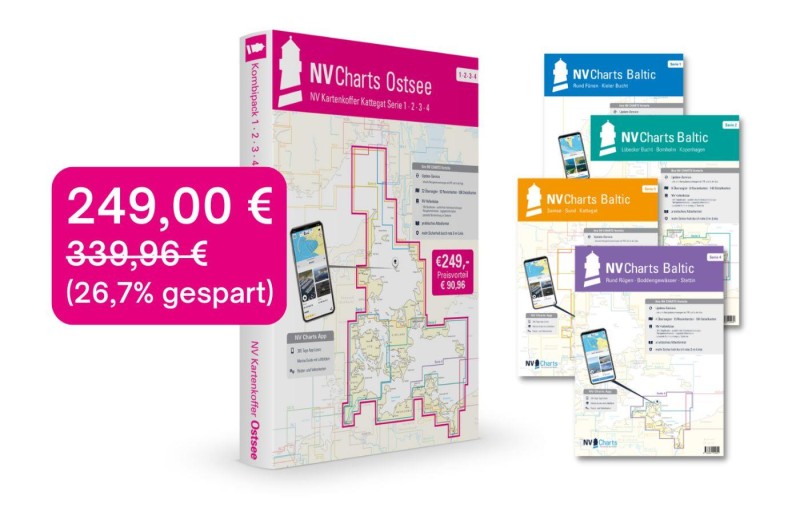
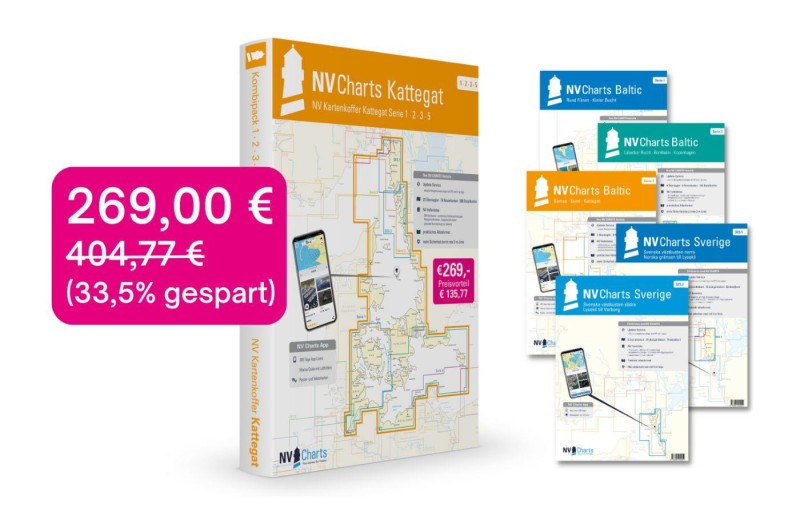
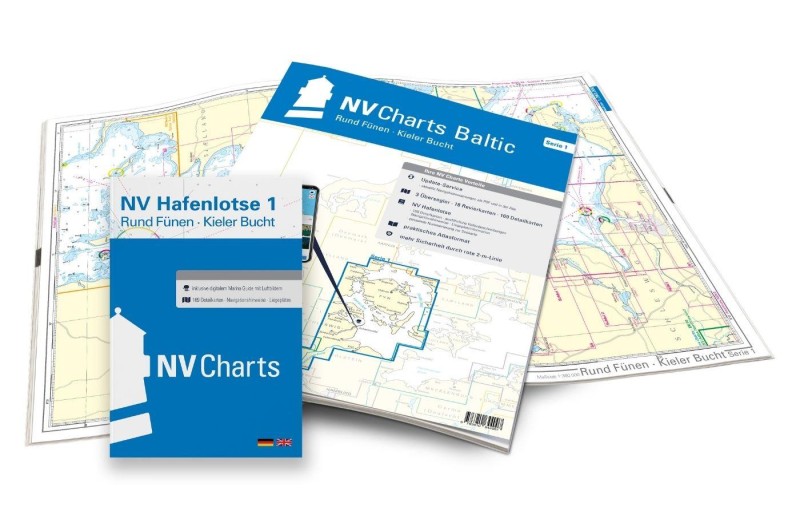
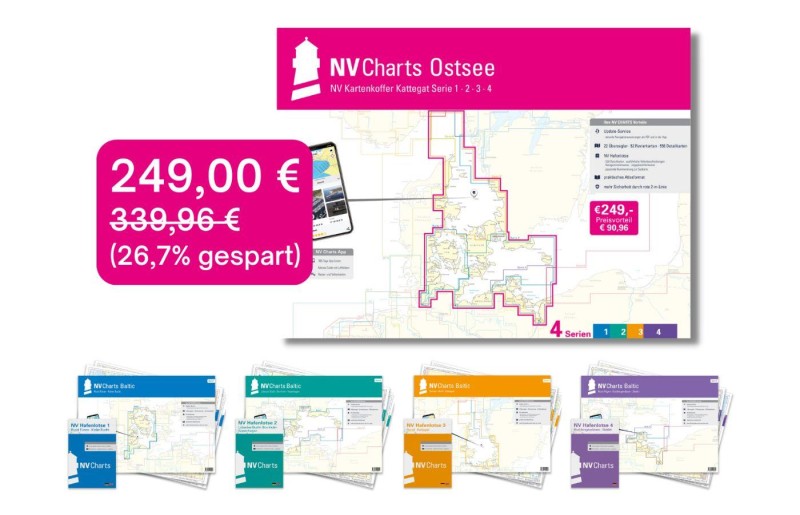
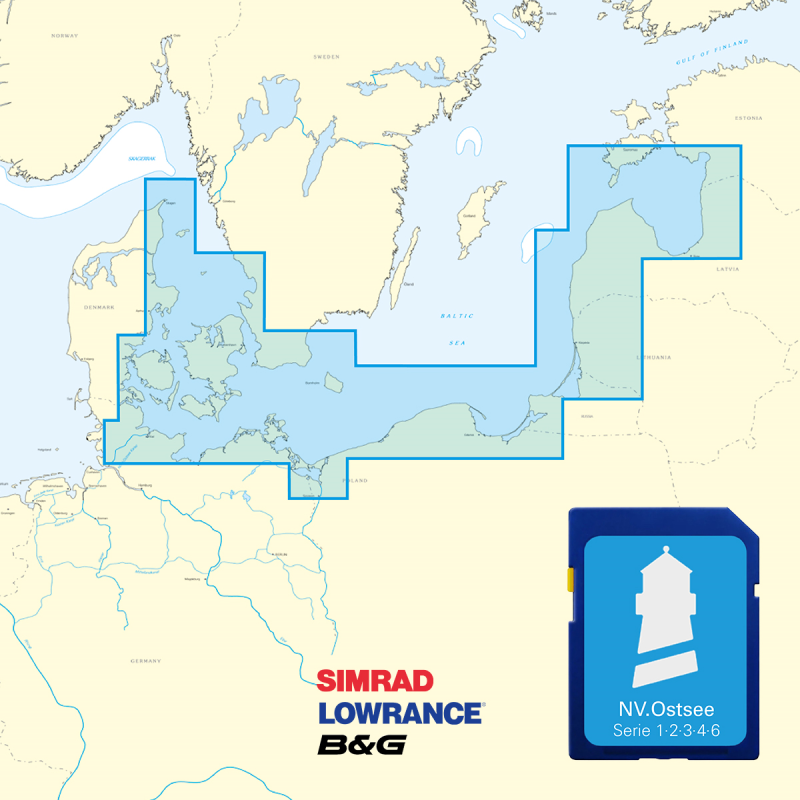
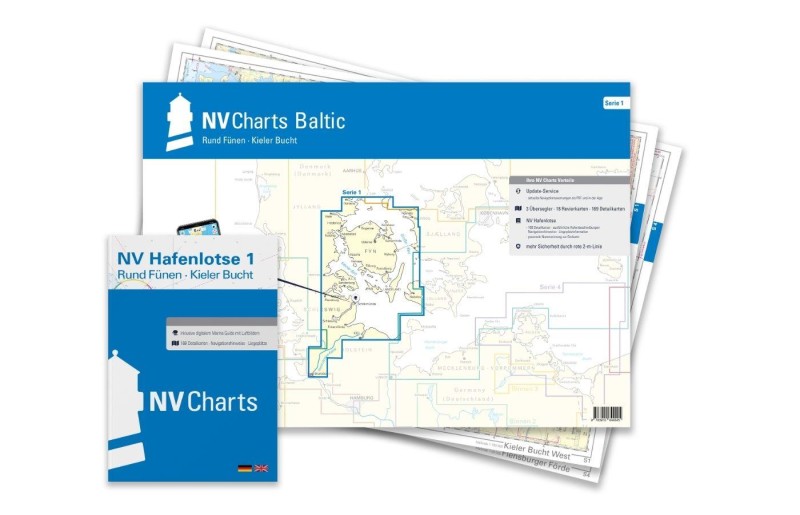
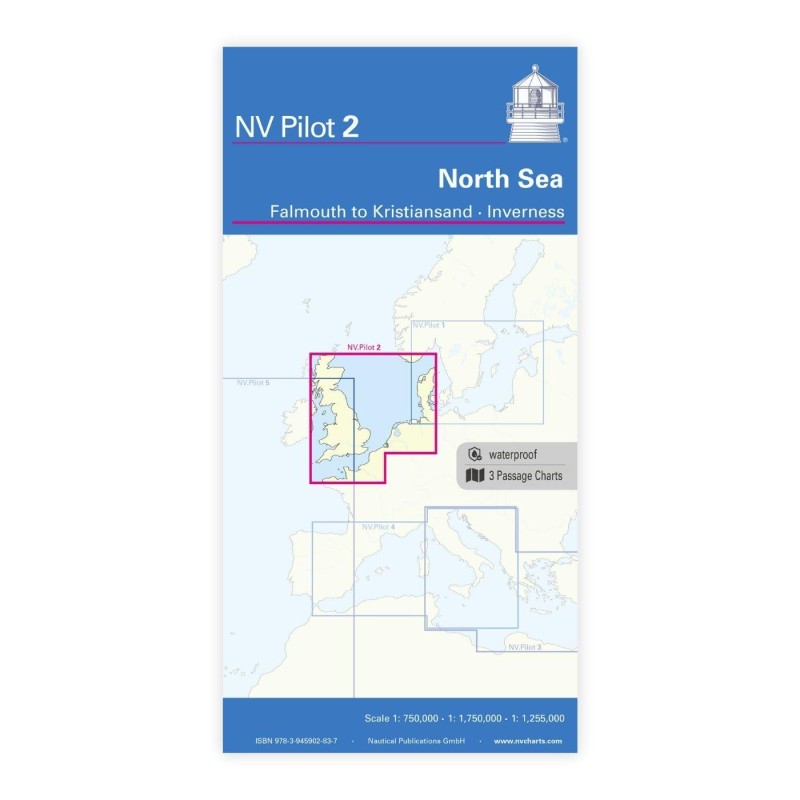
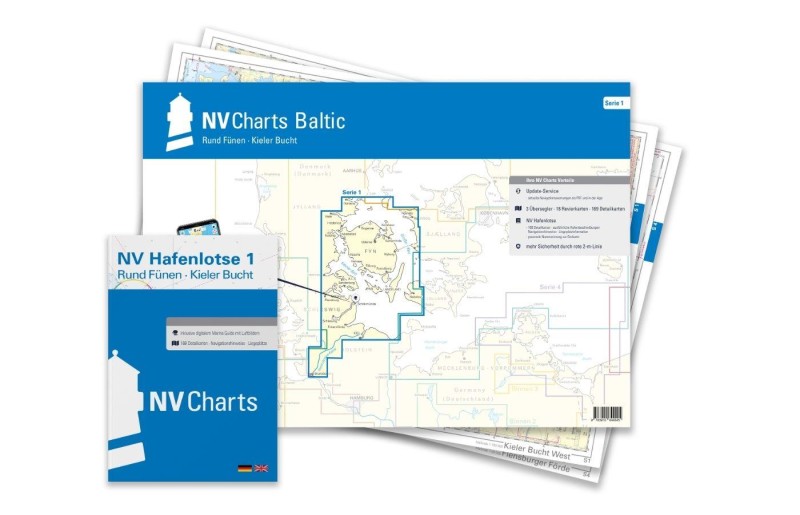
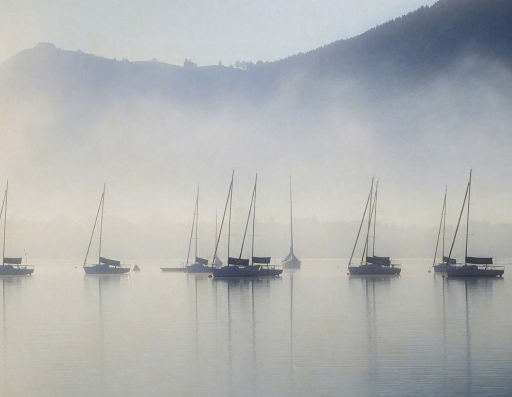
No comments or ratings have been added to this POI.